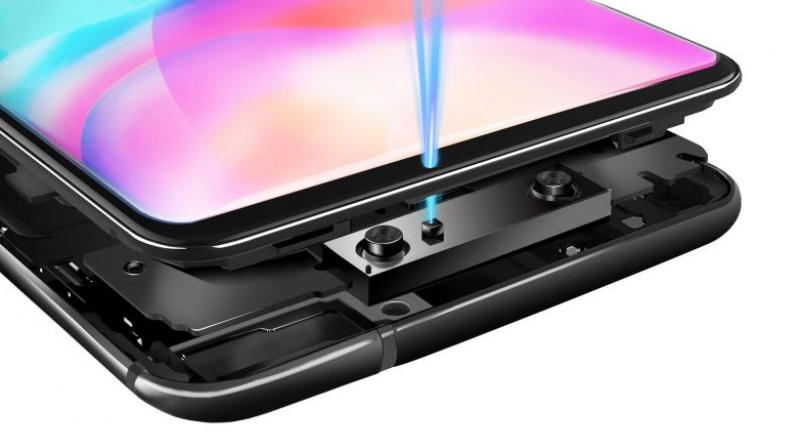Vivo beats Apple at its own game, unveils 10x safer 3D facial recognition
Vivo's version of FaceID uses 10 times more infrared dots to study faces situated up to 3 metres.

Apple’s FaceID system on the iPhone X paved the way for the next generation of biometric verification technologies to make an appearance on commercial smartphones. Up until now, only a few manufacturers such as OPPO and Xiaomi have managed to produce a similar system for their flagship offerings. However, Vivo has been working on its own iteration of facial recognition technology and has proudly unveiled it at MWC Shanghai.
Vivo’s system uses the same basic principles as the iPhone X’s FaceID — using infrared light (dots) and sensors to identify faces for verification purposes. The system throws infrared dots on the user’s interface along with infrared light, which is eventually captured by the infrared sensors. However, while Apple’s system has to make do with only 30,000 dots, Vivo’s Time-of-Flight (TOF) system uses 300,000 dots to read the face. More infrared dots aid in capturing more details of the user, which should eventually bump up the safety quotient to protect it against face masks and other shady attempts.
Vivo says that their system can detect faces securely from up to a distance of 3 metres. And, they claim that the technology is not simply a fancy concept — Vivo is working hard to make it available on commercial smartphones in the near future.
However, it will be interesting to see how Vivo implements in its future smartphones, considering their present-day flagship (Vivo NEX) gets rid of the top bezel with the help of a sliding front camera. The concept device shown in the picture houses a substantial amount of top bezel for the system to work. Stay tuned for updates regarding Vivo’s 3D sensing technology.
Click on Deccan Chronicle Technology and Science for the latest news and reviews. Follow us on Facebook, Twitter.

